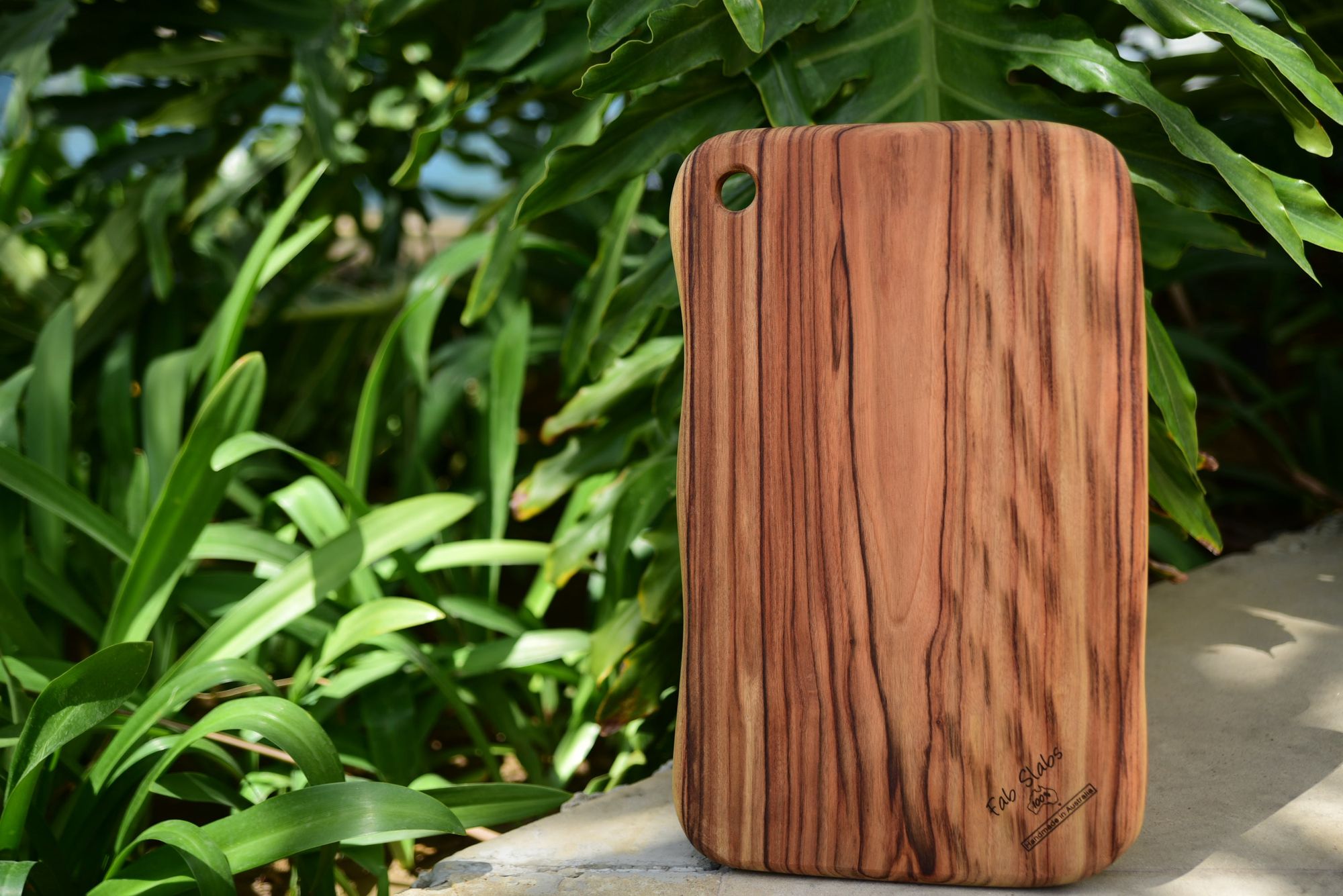Connecting the Dots: The Value of Investigation in Designing Products
Product design is an complex blend of art and functional principles, where innovation meets functionality. It involves the process of defining a product's form and purpose to meet the requirements of consumers while considering market trends and technological advancements. In today's fast-paced world, successful product design is not just about appearance; it is about creating solutions that resonate with consumers, improve their experiences, and provide value to their lives.
Research plays a crucial role in product design by closing the gap between the initial concept and the final product. Understanding user needs, wants, and behaviors is essential to developing products that are not only innovative but also functional. Through methodical investigation and evaluation, designers can glean insights that inform their choices, making sure that the end result is both attractive and viable in a challenging marketplace.
Comprehending Client Needs
Item design begins by an profound comprehension about user needs. It includes identifying the problems along with obstacles that possible clients face during the everyday lives. Through engaging with customers through discussions, surveys, and watching, creators can gather significant data that guide the development for remedies customized for meet specific needs. This phase is crucial since this lays a foundation for creating items that resonate with customers and provide true value.
Once client requirements have been defined, the step involves to assess the gathered information in order to reveal regularities plus trends. This analysis aids with prioritizing features along with functionality that will boost customer satisfaction. Designers must relate with customers, considering the drives, behaviors, and likes. This insights allow for a creation of items that not just fulfill practical needs but also engage emotionally to users, cultivating a feeling for devotion and contentment.
Ultimately, creating prototypes and trialing ideas with clients is key for refining product concepts. Involving customers in this development methodology makes sure that their input shapes a final product. This cyclical approach enables designers for confirm their assumptions plus make necessary modifications prior to release. Ultimately, grasping client requirements is at the heart of effective item development, leading the creation for creative remedies that authentically enhance customers' lives.
Analysis Methods in Product Design
Effective product design is rooted in thorough research that guides every step of the design process. There are multiple research methods that designers can utilize to obtain insights and comprehend user needs. Qualitative research methods, such as personal interviews and focus groups, allow designers to explore the experiences and preferences of prospective users. These methods facilitate open-ended discussions, providing important feedback that can influence concepts and verify they align with real user demands.
Quantitative research methods play a key role in product design as well. Surveys and questionnaires can deliver measurable data that helps reveal trends, preferences, and user behavior patterns. By examining this data, product designers can reach sound conclusions and forecasts about market responses. Integrating qualitative and quantitative approaches ensures a well-rounded understanding of the target audience and can lead to more effective design solutions.
Another important method in product design is usability testing. This process involves presenting prototypes to users and watching their interactions. By collecting feedback in real-time, designers can recognize pain points or areas for improvement before the completed product is launched. Iterative testing not only improves the user experience but also aligns the design more closely with user expectations, making certain the end product is both functional and desirable.
Utilizing Studies to Creative Decisions
Investigation plays a critical role in informing design decisions for products. By understanding user requirements, likes, and pain issues, designers can develop responses that are not only functional but also align with target audiences. Engaging in user interviews, questionnaires, and functionality testing allows designers to gather insights that guide the development pipeline. This data-driven approach reduces the risk of producing products that miss the mark and guarantees that the final design is user-centered.

In addition, market research is equally important in product design . Studying competitors and industry movements enables designers to find gaps in the industry and chances for advancement. By remaining informed about emerging technologies and consumer behaviors, designers can make calculated decisions that enhance the singularity and allure of their products. This anticipation allows for the creation of designs that not only satisfy existing demands but also predict future requirements.
Ultimately, merging research into the design process fosters a culture of repeatedly refining ideas based on practical feedback. As products go through different stages of development, ongoing assessment and adaptation are crucial. This ongoing relationship between research and design affirms that products are relevant, effective, and beneficial to users, closing the gap between concept and execution.